Birds Nest Fern Mini
This product is available for shipping only in Bangalore
- Birds Nest Fern can grow between a range of sunlight options and humidity levels.
- The plant can grow between full light to partial shade. It grows well in filtered bright light also.
- Don’t over-pot, this will keep its roots healthy, and in time, a trunk will form.
Plant Height: approx 10 inches including the pot
Pot size : 4 inches nursery pot
- Estimated Delivery : Up to 3 business days
- Free Shipping & Returns : On all orders over ₹550 in Bangalore
Birds Nest Fern are native to tropical regions such as southeast Asia, Australia, east Africa and Hawaii to name a few, Birds Nest Fern are typically found in palm trees. Given the right indoor environment, they will thrive and make for a wonderfully unique houseplant. Ferns come in a wide variety of colors and textures. The Bird’s Nest Fern has large simple fronds that are tropical-like in that they resemble banana leaves. Their fronds are light green, often crinkled or wavy, and rise from a central rosette. The rosette is fuzzy where the emerging fronds resemble bird’s eggs – hence the common name.
Plant Care: Birds Nest Fern is a easy growing plant. Do not over water it. Keep it in a place where you have a good direct sun. For a this plant, you need well-draining soil. This type of soil ensures excess water drains through the plant pot. This prevents all that extra water from building up in the soil. When there’s too much water in your plant’s soil, it blocks the oxygen from getting through to the roots. The lack of oxygen to a plant’s roots can cause root rot. Root rot is just as the name sounds. It’s when the roots of a plant start to rot away. Fertilize once in a month. Loosen the topsoil without disturbing the roots of the plant so it can uptake the nutrients and moisture easily
General advise about Outdoor plants: Don’t kill your plants with kindness by overwatering. The is the most common mistake gardeners make. Different plants need different levels of moisture between watering. Some plants like moist soil between watering’s, while others prefer to dry out completely.
- Check the soil between watering’s with a stick, or even your finger, pushing below the top layer of soil or mulch to determine how moist the soil is.
- A watering can is an excellent choice for watering plants. Water well around the base.
- Water plants thoroughly. Water should run away from the edges of the plant or drain from the hole in the bottom of the pot.
Plants have individual nutrition needs, and beginning gardeners should be careful not to overfeed their plants. New plant installations will not need fertilizers or food of any kind for the first three months as they come from the nursery prepared for transplant.
Plant fertilizers come in three forms:
- Water-soluble: a liquid mixed with water and poured on the plant
- Spikes: a solid food that is pushed directly into the soil and releases nutrients slowly
- Granular: sprinkled around the base of a plant and watered in.
Keep an eye open for harmful insects or disease on new plant material. New plantings are not as strong as established plants, so they do require more attention. If you see a concern, you can research the issue or contact us for advice.
** Plants photos are for representation purpose only. We will make best efforts to send the plants as in photos itself. There may be small white dots on the plant, as these plants cared in nursery using the hard water and pesticide spray. However these will eventually disappear as you take care and clean the leaves. Trust us, we want to give you the best
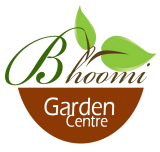
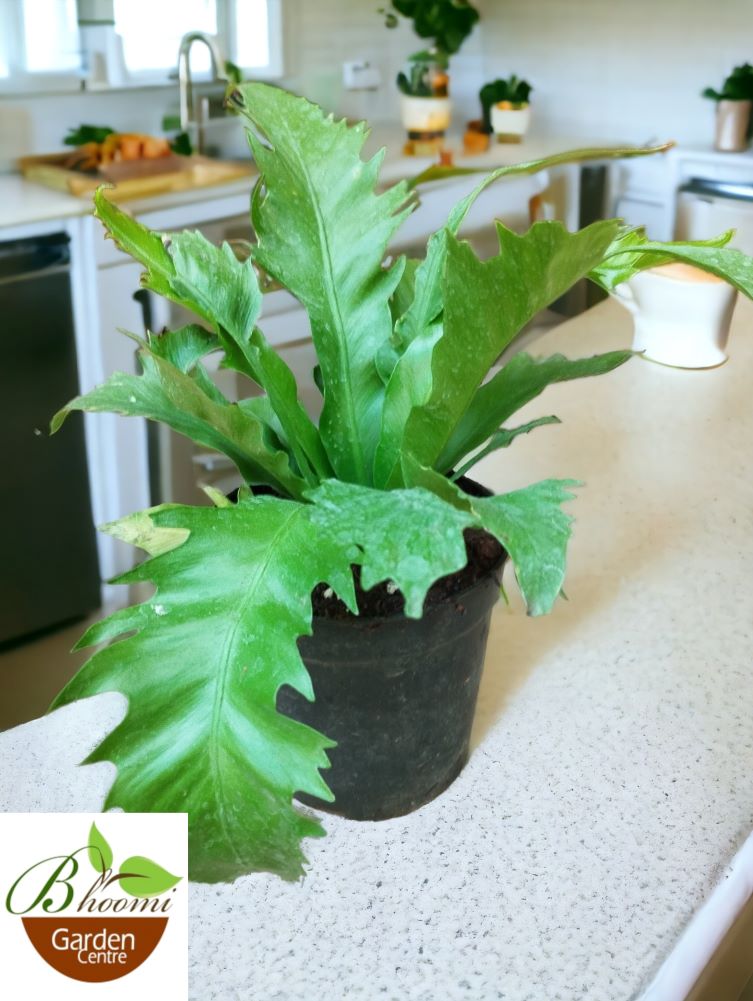
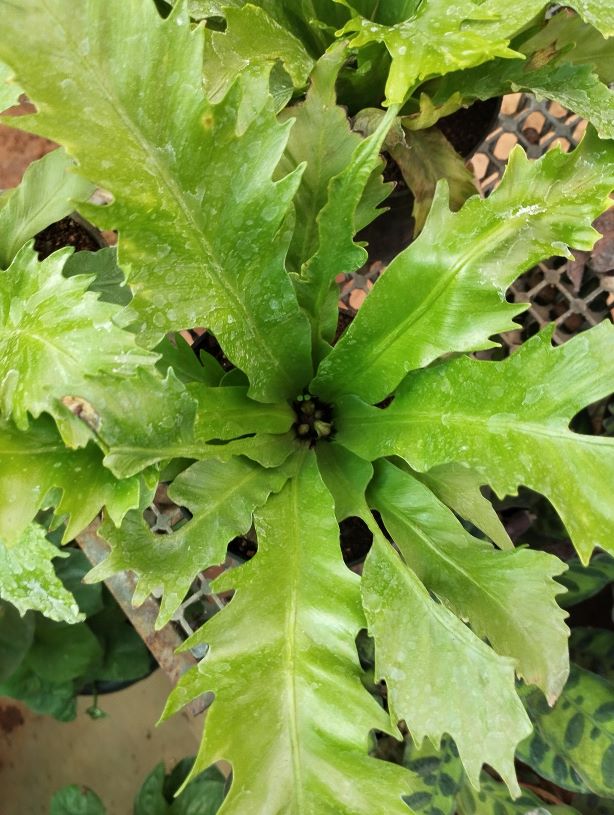
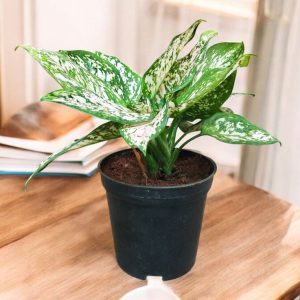
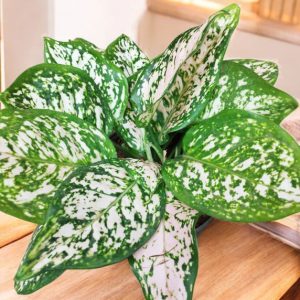
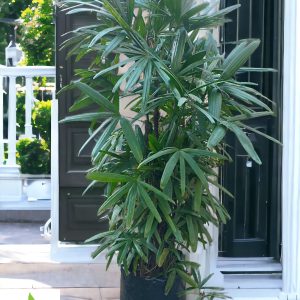
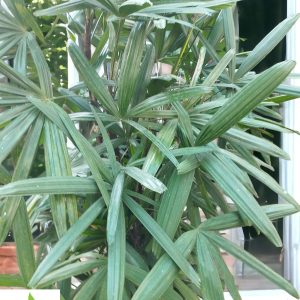
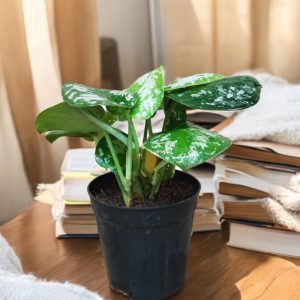
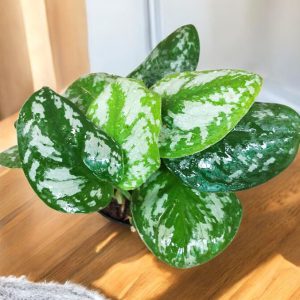
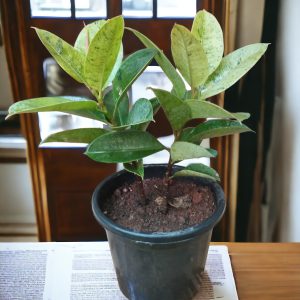
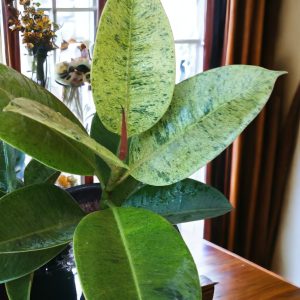
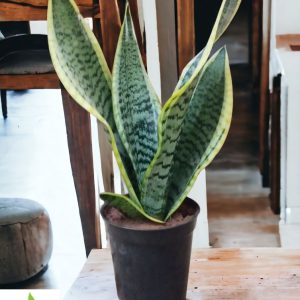
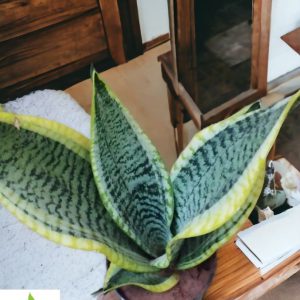
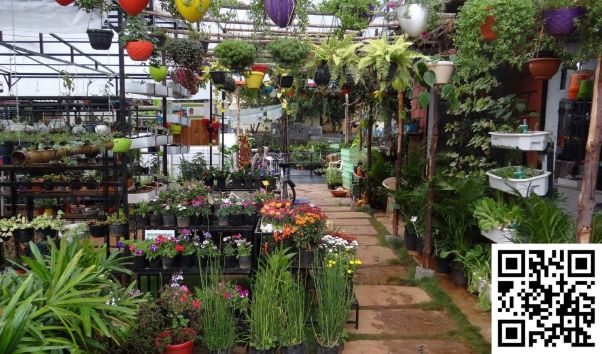
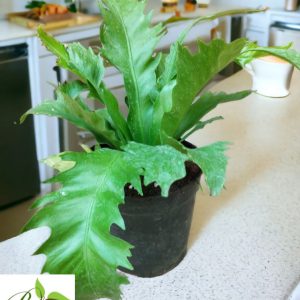
Reviews
There are no reviews yet.